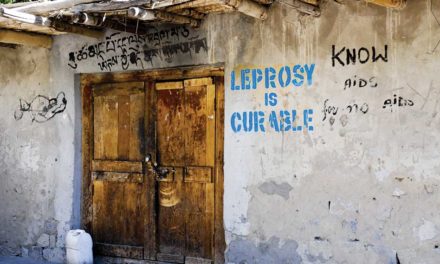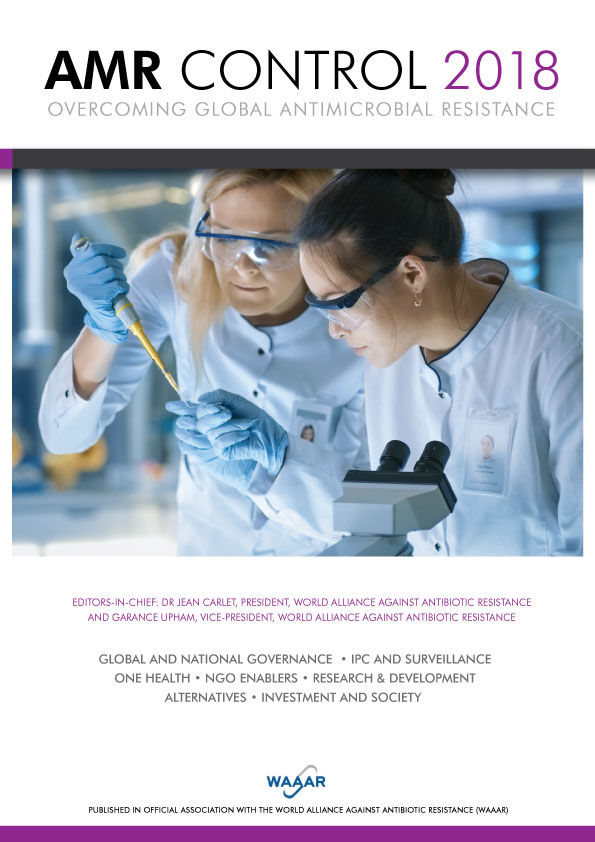Claire Morris, International Advocacy and Programmes Manager, Worldwide Palliative Care Alliance, London, UK
To download the full published article (PDF) please click here
The World Health Organization (WHO) recommends that controlled, essential medications are absolutely necessary for treatment for moderate to severe pain for people with cancer1. Yet millions of people worldwide with life-limiting conditions are living and dying in pain and distress due to the lack of availability and accessibility of these medications. WHO estimates that 5.5 million people with cancer suffer from moderate to severe pain2. The disparity in the availability and consumption of treatment for pain is stark with an estimated 80% of the world’s population living in countries with low or no access to pain treatment for moderate to severe pain3. More than 99% of untreated deaths in pain from cancer and HIV are in low- and middle-income countries4. Access to appropriate pain treatment for children is a particularly challenging issue.
Palliative care is a patient-centred approach that improves the quality of life of adults and children living with life-limiting conditions, including cancer. It addresses their physical, psychological, social and economic, legal and spiritual problems from the point of diagnosis throughout the life course5,6. Palliative care is not just about the treatment of physical pain but this is a core element of it; and access to the medication needed to treat moderate to severe pain, particularly opioid analgesics, is one of the major practical barriers to delivering quality palliative care worldwide. Yet while the barriers are numerous, initiatives around the world are seeing an increase in access to palliative care services, including pain treatment. The percentage of countries with at least one palliative care service rose from 49% in 20067 to 58% in 20118.
The barriers
Multiple barriers have been identified which affect the availability and accessibility of pain treatment for people living with life-limiting illnesses. These include:
Excessive regulatory policies and restrictions
The issue of overly excessive regulatory policies and restrictions is one of the major barriers to the availability of access to pain treatment worldwide. The 1961 Single Convention on Narcotic Drugs9 highlighted the need for the availability of opioids for medicinal purposes and this has been repeatedly reiterated by the World Health Organization10 and the International Narcotics Control Board11 as well as non-governmental organizations. It is clearly acknowledged that the role of governments is to ensure balance in national policies on controlled substances to ensure that people in need of medicinal care, including pain treatment, can access the medications they need, while addressing issues of misuse and diversion12. However, barriers and over-regulatory policies remain. A report published by the European Society for Medical Oncology (ESMO) and the European Association of Palliative Care on regulatory barriers for cancer pain in Europe, clearly highlighted the “poorly-considered regulations and deficiencies in public policy” across Europe, and particularly in Eastern Europe13. The regulatory barriers included the need for a permit (or to be registered) to receive opioid prescriptions, the need for a physician to have a special permit, requirements of duplicate or triplicate prescriptions, restrictions in prescription and daily dose limits, limitations on where opioids can be dispensed and inadequate provision for opioid prescribing in emergency situations14. All of these policies create barriers that prevent people from accessing the quality clinical care that they need. These excessive regulations, policies and restrictions are by no means limited to Europe. The African Palliative Care Association has identified supply and legislation as two of the common hampering factors in the availability of opioids15. In Kenya, Human Rights Watch has highlighted the government’s lack of action to centrally procure opioid medications16. In India the ineffective supply and distribution systems and the excessively strict drug control regulations were reported as a major barrier to opioid availability17. All of these barriers are present around the world to a lesser and greater extent, seriously limiting the accessibility of pain treatment for those who need it.
Education and training of health professionals
The effective use of opioid analgesics for the treatment of pain requires education and training of health professionals. It is well documented that palliative care should be a mandatory component of the curricula for undergraduates and postgraduate medical and nursing students and pharmacists18. Yet, unfortunately, in many countries this is simply not the case. Without effective education and training, health professionals may not prescribe out of fear and lack of knowledge about the benefits of the medications. This has resulted in stocks of morphine left to go out of date on hospital and pharmacy shelves, while patients in care remain in pain and distress19.
Lack of palliative care policies
At the global level, numerous policies, resolutions and guidelines clearly outline the need for access to medications for pain treatment20. The WHO Essential Medicines List21 includes opioid analgesics22. However, at the national level, policy development is challenging. Many countries do not have cancer control policies. Indeed in 2006, only two countries in Africa had a cancer control programme23. It is thought that 38 countries worldwide have either a stand-alone national hospice and palliative care policy, or palliative care is integrated within the existing national health, HIV or cancer policy24. While many countries have opioids on their essential drugs list, this does not seem to be reflected in the consumption figures of opioid analgesics as reported by the International Narcotics Control Board. The need for palliative care policies and integration of palliative care into existing HIV, health and cancer policies is fundamental to the development of palliative care services and the availability of analgesics.
Fear, myths and misunderstandings
Fear, myths and misunderstandings around the use of opioid analgesics, including morphine cut across many of the issues which create barriers to its availability. One of the most pressing common fears which has been shown to limit prescribing by health professionals and attitudes of patients and family members is the fear of dependency and addiction. However, a systematic review of research papers showed that only 0.43% of patients with no previous history of substance abuse treated with opioid analgesics to relieve pain abused their medication and only 0.05% developed dependence syndrome25. In relation to diversion, the experiences of countries such as Romania and Uganda show that in relatively low-resource settings, systems can be put in place that ensure the availability of opioids for medicinal use while minimising diversion. This is fully in line with the WHO and INCB recommendations: a balance needs to be achieved between ensuring that drugs are available for medicinal and scientific purposes, while addressing misuse and diversion. A common fear of health professionals and family members is that opioid analgesics, including morphine, will hasten death. The primary focus of palliative care and the administration of pain treatment is to improve quality of life and reduce suffering and not to hasten death. Indeed, there is some evidence that palliative care may in fact extend life26. There are considerable misunderstandings around the cost of pain treatment. In Uganda, the cost of 10 days’ pain treatment using morphine costs the same as a loaf of bread27. Yet, it is clear that in some countries, costs are significantly higher due to high importation taxes on morphine powder28 or costing structures. There also remains the challenge that more expensive, sustained release morphine is often made available in countries, rather than the more affordable, immediate release morphine, despite this not being to the patients’ clinical benefit29.






